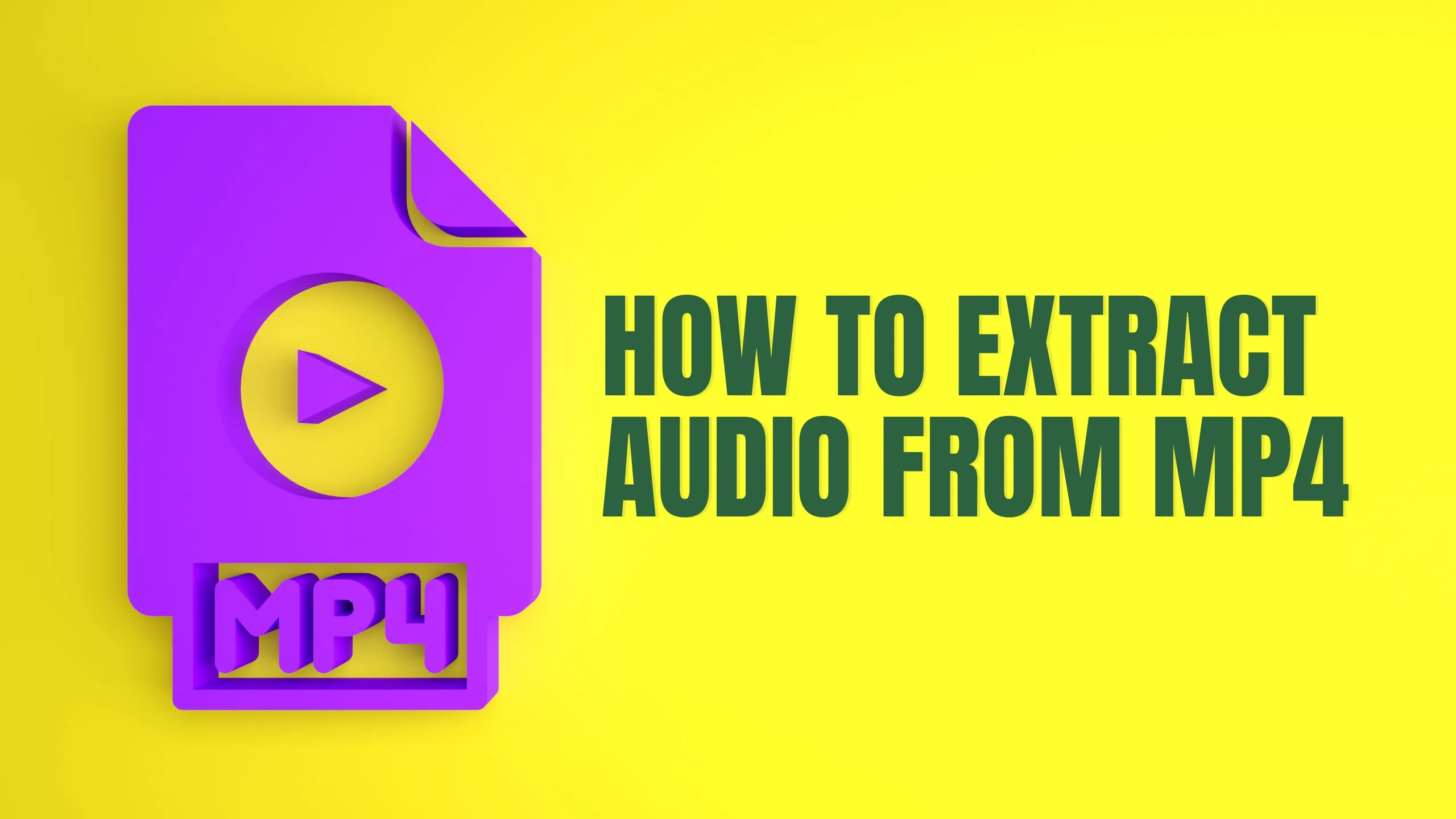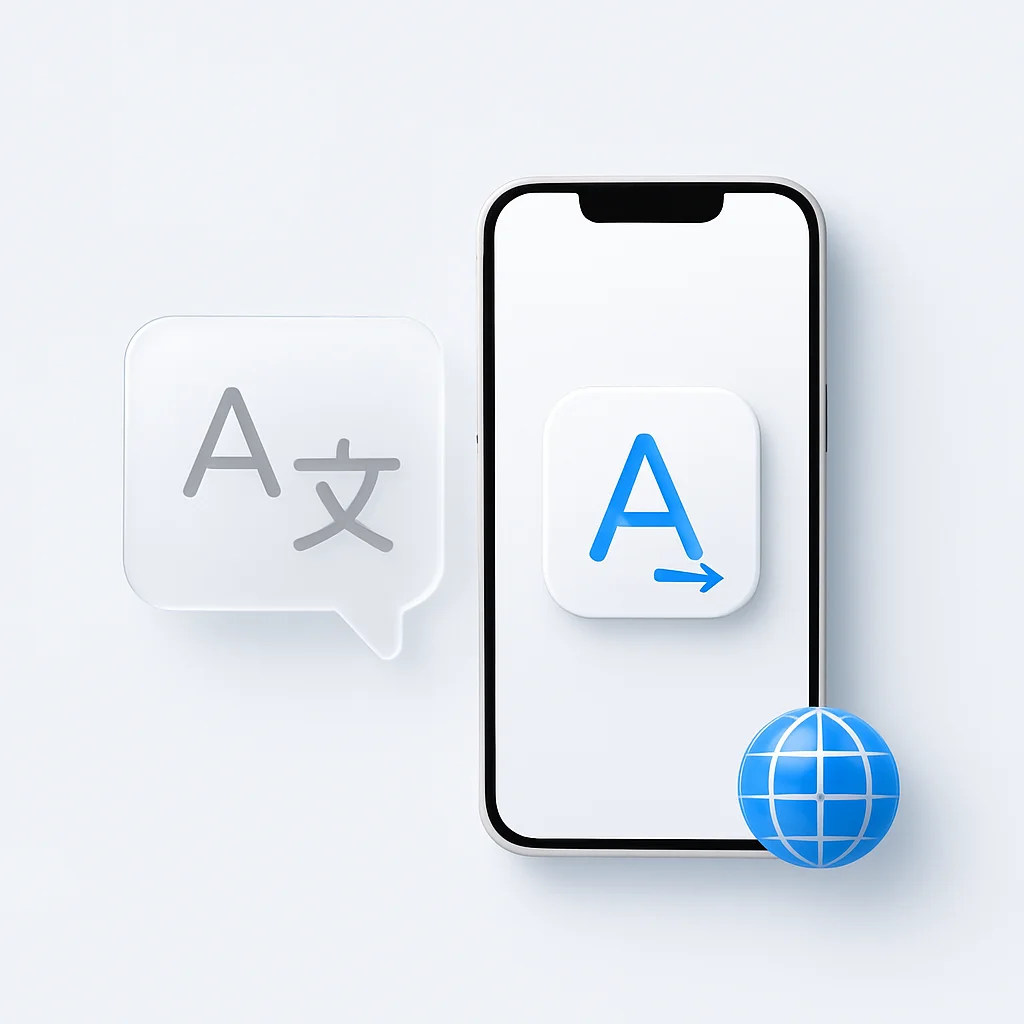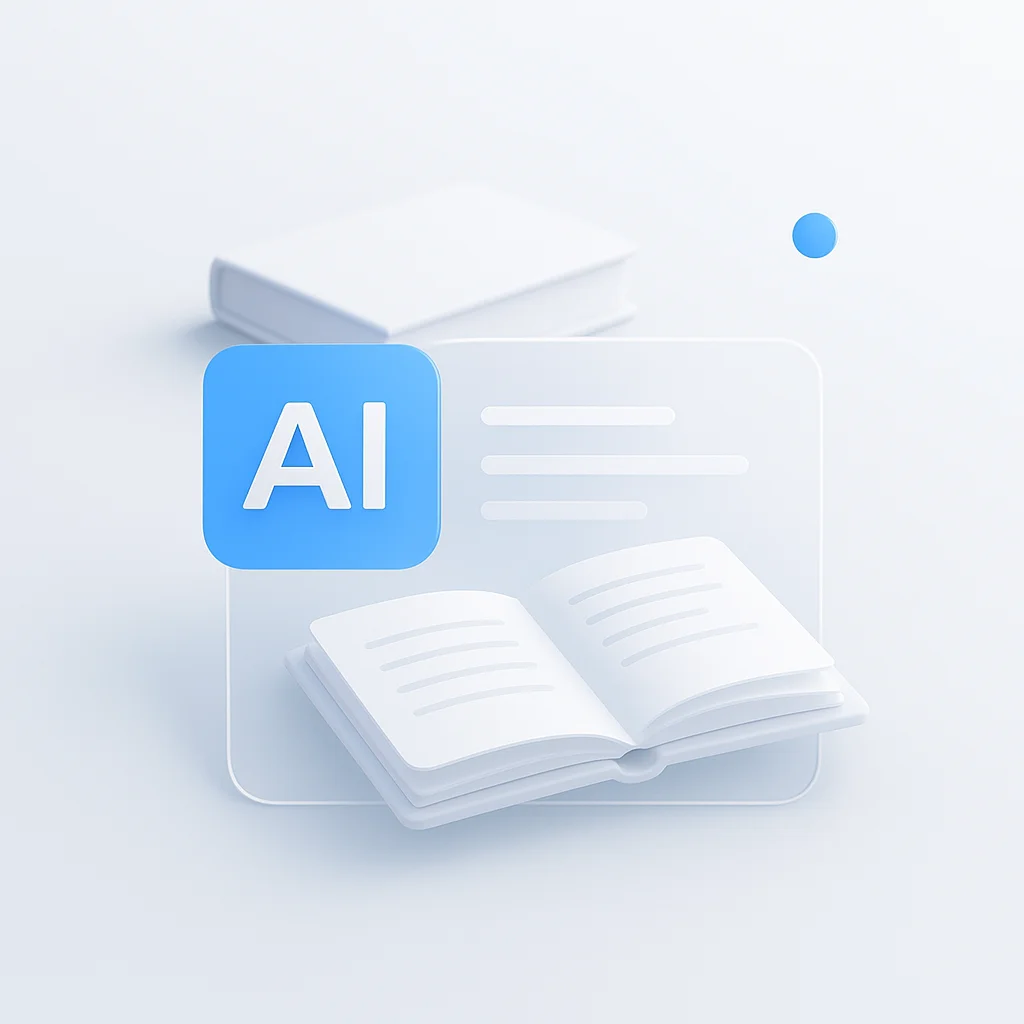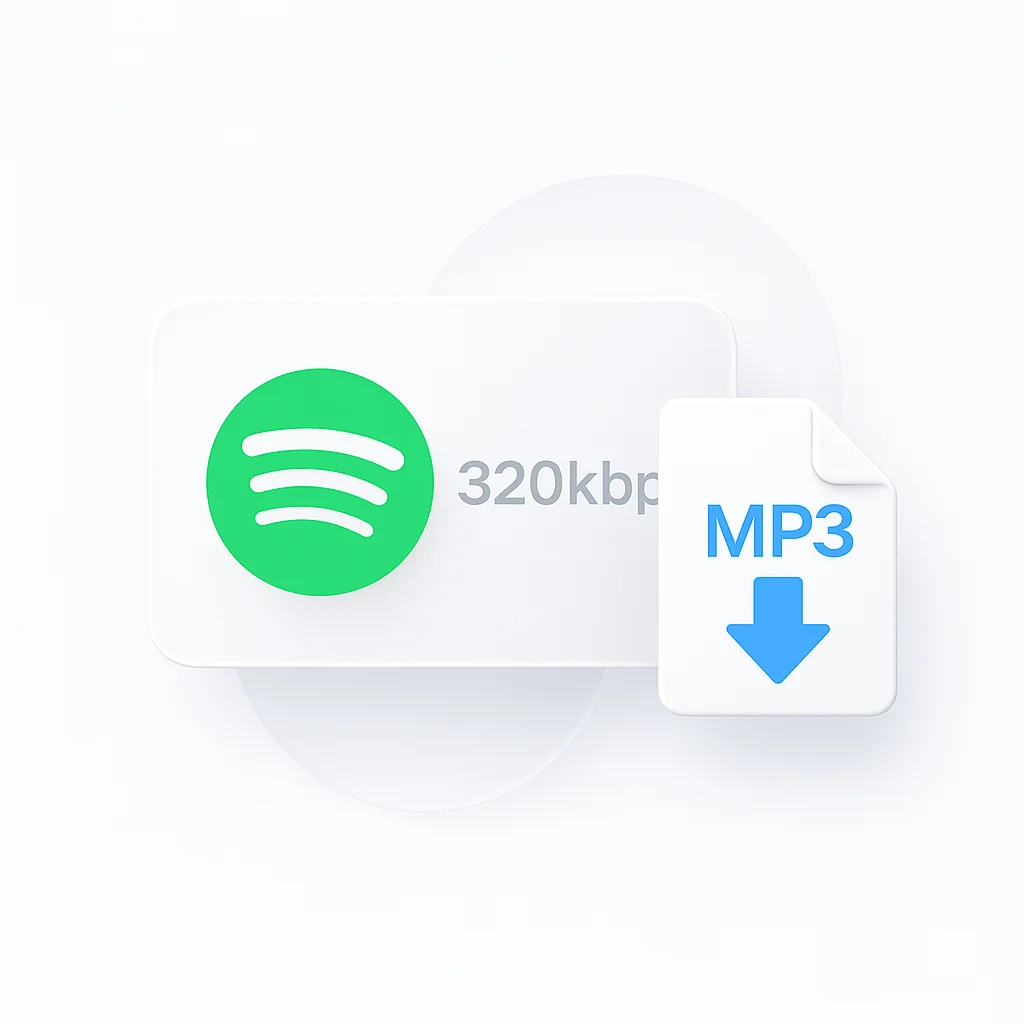Ever wanted to isolate that perfect song clip from a video or create a custom ringtone from your favorite MP4 file? Extracting the audio from MP4 files is a surprisingly simple process, and this guide will walk you through everything you need to know. We’ll explore various methods suitable for all technical skillsets, from user-friendly free software to online tools and even powerful video editing suites. Get ready to unlock the hidden audio potential within your MP4 files!
Introduction
MP4, short for MPEG-4 Part 14, is a versatile multimedia file format commonly used for storing videos. An MP4 file can hold both visual and audio data, allowing it to efficiently store video content. If you’re looking for a quick and easy way to extract audio from your videos, you can use our extract audio from videos tool. If you want to remove the audio from a video completely, you can use our remove audio from video tool. And if you need to convert a screen recording to an MP3 file, our video converter can help with that.
This guide focuses on extracting the audio component from an MP4 file. Audio extraction essentially separates the audio stream from the video data, resulting in a standalone audio file.
There are several reasons why someone might want to extract audio from MP4. Here are a few common scenarios:
- Creating ringtones: Isolate a favorite song segment from an MP4 to use as a personalized ringtone for your phone.
- Using audio in presentations: Extract the narration or soundtrack from a video to enhance your presentations.
- Isolating music tracks: Separate the music from a video clip to create a standalone audio file for listening.
- Archiving audio content: Extract audio from older MP4 videos for easier storage and management.
By understanding the process of audio extraction, you can unlock new possibilities for utilizing the audio content within your MP4 files.
Methods for Extracting Audio from MP4
There are several methods available for extracting audio from MP4 files, each catering to different needs and technical expertise. Here’s a breakdown of the popular options:
Software-based methods
1. Dedicated Video Editing Software
Dedicated video editing software provides a robust solution for extracting audio from MP4 files, along with offering a vast array of editing functionalities. Here are some popular options:
- Adobe Premiere Pro: Industry-standard software for professional video editing, offering exceptional audio extraction capabilities.
- DaVinci Resolve: A powerful and versatile editing suite with excellent audio tools, including advanced extraction features.
- Hitfilm Express: A free (with paid upgrade options) video editor with surprisingly robust audio editing features, allowing for efficient audio extraction.
General Workflow:
- Import the MP4: Launch your chosen video editing software and import the MP4 file you want to extract audio from. This typically involves navigating a “File” menu option and selecting “Import” or “Open.”
- Access the Audio Track: Locate the project timeline within the software interface. Your MP4 file will be displayed as a video clip on the timeline. Most programs allow isolating the audio track by clicking on the clip or within the timeline to reveal individual audio and video components.
- Export as a Separate Audio File: Once you’ve isolated the audio track, navigate the software’s export options. Choose the desired audio format for your extracted file (e.g., MP3, WAV, FLAC). Specify the output location and filename, and initiate the export process. This will create a new standalone audio file containing the extracted audio from your MP4.
Advanced Editing Advantages:
A significant benefit of using dedicated video editing software is the ability to perform advanced audio editing alongside extraction. Here are some examples:
- Trimming Audio: You can precisely cut specific sections of the audio track before exporting, allowing you to isolate desired portions.
- Applying Effects: Enhance the extracted audio by applying effects such as noise reduction, equalization, or even adding reverb or other creative filters.
- Mixing Audio Tracks: If your MP4 contains multiple audio tracks (e.g., separate dialogue and music streams), you can mix them together before exporting a single combined audio file.
This flexibility makes dedicated video editing software ideal for users who require precise control over their extracted audio or want to incorporate additional editing before finalizing the audio file.
2. Free video editing software
For users seeking a cost-effective solution, free video editing software offers a user-friendly approach to extracting audio from MP4 files. Here are some popular options:
- OpenShot: This free, open-source video editor boasts a user-friendly interface and intuitive workflow, making it a great choice for beginners.
- VSDC Free Video Editor: Offering a more feature-rich experience compared to OpenShot, VSDC Free Video Editor provides basic audio editing tools alongside extraction capabilities.
Benefits of Free Software:
- Cost-effective: Free software eliminates the financial barrier to entry for users who only need basic audio extraction.
- User-friendly interface: Many free editors prioritize ease of use, making them accessible even for those with limited video editing experience.
Potential Limitations:
- Feature limitations: Compared to paid software, free options often have fewer functionalities. You might encounter limitations in terms of supported audio formats, advanced editing tools, or customization options.
- Performance: Processing power and rendering speeds can be lower in free software, potentially impacting the efficiency of extracting audio from larger or more complex MP4 files.
Choosing the Right Option:
Free video editing software represents a viable option for users who prioritize affordability and a straightforward workflow for audio extraction. However, if you require advanced editing capabilities or encounter limitations with free software, consider exploring dedicated video editing software or audio extraction tools that offer a wider range of functionalities.
3. Audio Extraction Tools
For users who solely require audio extraction from MP4 files, standalone audio extraction tools offer a streamlined and efficient approach. These programs focus specifically on audio format conversion and often include dedicated functionalities for extracting audio from MP4. Here are a couple of examples:
- XMedia Recode: This versatile tool allows converting various media formats, including the ability to extract audio from MP4 files. It offers a user-friendly interface and supports a wide range of output audio formats.
- Free Audio Converter: As the name suggests, this free program specializes in audio format conversion. It also features an MP4 audio extraction function, making it a straightforward solution for basic needs.
Benefits of Streamlined Functionality:
- Simple Workflow: Audio extraction tools prioritize a user-friendly experience. The process typically involves selecting the MP4 file, choosing the desired output format (e.g., MP3, WAV), and initiating the conversion. This streamlined approach makes it ideal for users who only need basic extraction without the complexities of full-fledged video editing software.
- Efficiency for Basic Needs: For straightforward audio extraction from MP4, these tools are often faster and require less processing power compared to video editing software. This translates to quicker extraction times, especially for smaller MP4 files.
Choosing the Right Option:
Audio extraction tools are a great choice for users who prioritize:
- Simplicity: A user-friendly interface and straightforward workflow for quick and easy extraction.
- Efficiency: Faster processing times for basic MP4 audio extraction compared to video editing software.
However, if you require advanced editing features like trimming audio, applying effects, or mixing multiple audio tracks, dedicated video editing software might be a better fit.
Online Audio Converters
For those seeking an even more convenient solution, online audio converters offer a web-based approach to extracting audio from MP4 files. If you need to quickly access compressed files before extracting audio, an online zip extractor can help you efficiently handle ZIP files without requiring software installation. These services eliminate the need for software installation, allowing you to perform the conversion directly through your web browser. Here’s how it works:
- Web-based Platform: Online converters operate entirely within your web browser, accessible from any device with an internet connection. This eliminates the need to download and install software, making it a highly portable solution.
- User-Friendly Interface: Most online converters prioritize a user-friendly interface. You typically select the MP4 file you want to convert, choose your desired output audio format (e.g., MP3, WAV), and initiate the conversion process.
Examples of Reputable Services:
Several reputable online conversion services can handle MP4 audio extraction. Here are a couple of examples:
- Zamzar: This established online converter supports a wide range of file formats, including MP4 audio extraction.
- Online-Convert.com: Offering a user-friendly interface and focus on security, Online-Convert.com is another popular option for online audio extraction.
Convenience and Accessibility:
The primary advantage of online audio converters lies in their convenience and accessibility. Here’s what makes them attractive:
- No Installation Required: No software download or installation is necessary. You can access the service directly from your web browser, making it a great option for occasional use or when working on unfamiliar devices.
- Device Agnostic: As long as you have a web browser and internet connection, you can use online converters from any device – your desktop computer, laptop, tablet, or even your smartphone.
Potential Limitations (Optional):
While convenient, online converters might have some limitations to consider:
- File Size Restrictions: Some services might impose restrictions on the maximum file size you can convert, potentially hindering the extraction of larger MP4 files.
- Privacy Concerns: Uploading your files to an online service might raise privacy concerns for some users. It’s essential to choose reputable converters with clear privacy policies and security measures in place.
Choosing the Right Option:
Online audio converters are a great choice for users who prioritize:
- Convenience: No software installation required, accessible from any device with a web browser.
- Accessibility: A quick and easy solution for occasional MP4 audio extraction needs.
However, if you’re concerned about file size limitations or data privacy, or require frequent audio extraction with larger files, consider exploring dedicated software options for your desktop computer.
Choosing the Right Method for Extracting Audio from MP4
The ideal method for extracting audio from MP4 depends on your technical expertise, desired features, budget, and convenience preferences. Here’s a table summarizing the key considerations for each method:
Choosing the Right Method for Extracting Audio from MP4
| Method | Technical Expertise | Features | Cost | Convenience |
|---|---|---|---|---|
| Dedicated Video Editing Software (e.g., Premiere Pro, DaVinci Resolve) | Intermediate to Advanced | Advanced editing capabilities (trimming, effects, mixing), high-quality output | Paid | Requires software installation |
| Free Video Editing Software (e.g., OpenShot, VSDC) | Beginner to Intermediate | Basic extraction, some offer limited editing options | Free | Requires software installation |
| Audio Extraction Tools (e.g., XMedia Recode, Free Audio Converter) | Beginner | Streamlined extraction, efficient for basic needs | Free | Requires software installation |
| Online Audio Converters (e.g., Zamzar, Online-Convert.com) | Beginner | Basic extraction, no installation required | Free (with potential usage limits) | Most convenient, accessible from any device with a web browser (may have file size limitations) |
Additional Considerations
Choosing the Right Output Format
Once you’ve decided on a method for extracting audio from your MP4 file, you’ll need to choose an output format for the extracted audio. Here’s a breakdown of some popular options:
- MP3 (MPEG-1 Audio Layer III): The most widely used audio format, known for its excellent balance between file size and sound quality. MP3 uses compression to reduce file size, resulting in some loss of audio fidelity compared to uncompressed formats. However, for most casual listening, the quality loss is minimal.
- WAV (Waveform Audio Format): An uncompressed audio format that preserves the original audio data without any loss. This results in larger file sizes compared to compressed formats like MP3. WAV is a good choice when maintaining the highest possible audio quality is crucial, such as for professional audio editing or archiving purposes.
- FLAC (Free Lossless Audio Codec): A lossless compressed format that offers high audio quality similar to WAV but with significantly smaller file sizes. FLAC achieves compression without sacrificing any audio data, making it a popular choice for audiophiles who prioritize quality while conserving storage space.
Choosing the right format depends on your priorities:
- File size vs. quality: If storage space is a concern, MP3 offers a good compromise between file size and sound quality. For the highest fidelity, choose WAV or FLAC.
- Compatibility: MP3 enjoys near-universal compatibility with media players and devices. WAV and FLAC might have limited compatibility with some older players.
Copyright and Extracted Audio
It’s important to be mindful of copyright laws when extracting audio from MP4 files. Here’s a brief reminder:
- Copyright protects original creative works, including music.
- Extracting audio from copyrighted material is generally not permitted for commercial use or distribution without permission from the copyright holder.
- Extracting audio for personal use, such as creating a ringtone from a song you own, might fall under fair use depending on your local laws.
It’s always best to check copyright restrictions before using extracted audio, especially if you plan to share it publicly.
Conclusion
Extracting audio from MP4 files unlocks a range of possibilities. You can create personalized ringtones, enhance presentations with audio clips, isolate music tracks, or simply archive audio content for easier management.
Several methods cater to different user preferences and technical expertise:
- Dedicated video editing software offers the most flexibility, allowing advanced editing alongside extraction.
- Free video editing software provides a user-friendly approach for basic extraction needs.
- Standalone audio extraction tools streamline the process for quick and efficient extraction.
- Online audio converters offer unmatched convenience, accessible from any device with a web browser.
The ideal method depends on your specific needs. Consider factors like:
- Technical expertise: How comfortable are you with video editing software?
- Features required: Do you need basic extraction or advanced editing capabilities?
- Budget: Are you looking for a free or paid solution?
- Convenience: How important is ease of use and avoiding software installation?
By understanding the available methods and their strengths, you can choose the best approach for extracting audio from your MP4 files and utilizing the extracted audio to suit your creative endeavors.






